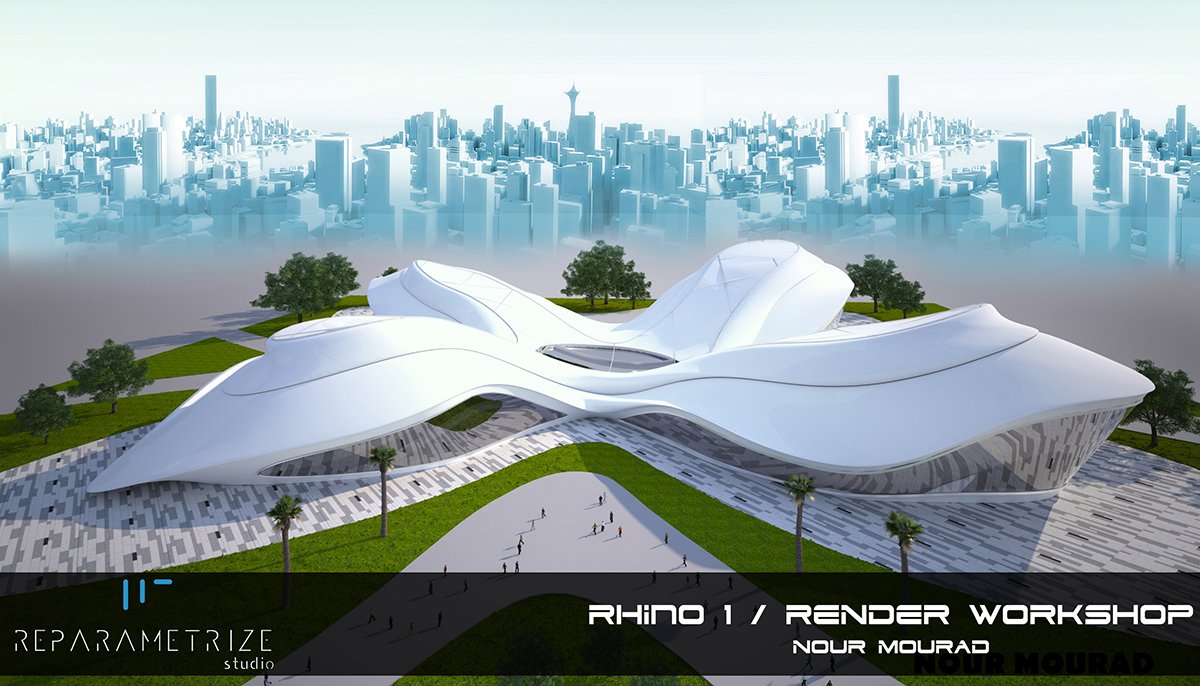

That's a good question - and subject to much debate. Why do we need mesh settings anyway? Isn't Rhino intelligent enough to figure all this stuff out without my having to tell it what to do? Although all the meshes are created with the same engine, there are a couple of important differences between them.

They do not affect one another and each can have its own settings. The functions that create real, editable meshes like Mesh and Export (.stl) are important in many applications, as other downstream programs or processes often need polygon mesh objects to work with.Īll the types of mesh objects can exist simultaneously in one file.

Although you can't edit these in the original Rhino file, you can control how they are created with the same group of mesh density settings. stl) will also create mesh objects (in the exported file). The same meshing engine in Rhino is used in both the creation of analysis meshes for the functions like Draft Analysis and Curvature Analysis, EMap and by the Mesh command ( Tools > Polygon Mesh > From NURBS Object), which creates a real mesh object directly from a NURBS object.Įxporting from Rhino with certain polygon-based formats (such as. The render mesh is always an approximation of the surface, so there are almost always gaps between the faceted render mesh and the actual smooth surface. While a mesh has the advantages of shading speed and adjustability, there is a disadvantage. So what you see on the screen when the model is shaded is a special, invisible polygon mesh (the render mesh) that is attached to the actual NURBS surface. Although Rhino is a NURBS surface modeler, it uses polygon meshes created from those surfaces for visualization purposes.


 0 kommentar(er)
0 kommentar(er)
